 Blevins Tornado, 1921
Blevins Tornado, 1921
Entry Category: Land and Resources
 Blevins Tornado, 1921
Blevins Tornado, 1921
Blue Mountain Dam and Lake
 Blues Highway
Blues Highway
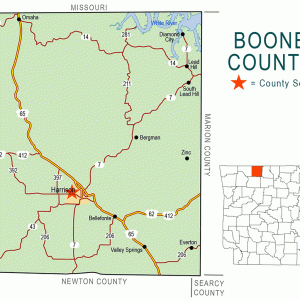 Boone County Map
Boone County Map
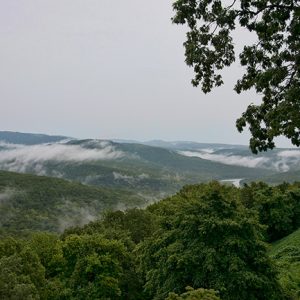 Boston Mountains
Boston Mountains
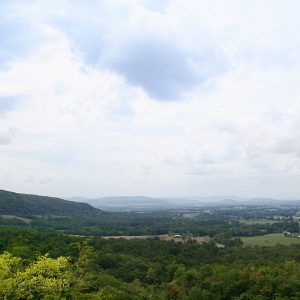 Boston Mountains
Boston Mountains
Boston Mountains
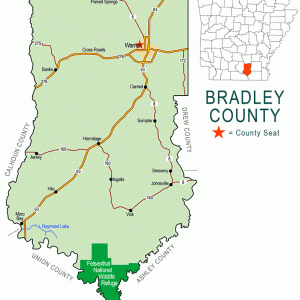 Bradley County Map
Bradley County Map
 Bradley Pink Tomato
Bradley Pink Tomato
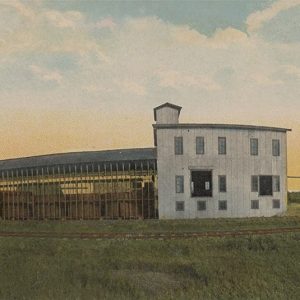 Brandy Distillery
Brandy Distillery
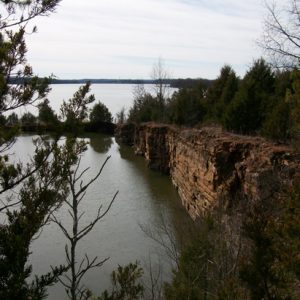 Brewer Lake
Brewer Lake
Buffalo Island
Buffalo National River
aka: Buffalo River
 Buffalo River at Gilbert
Buffalo River at Gilbert
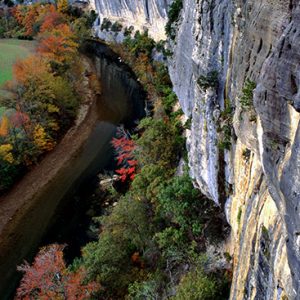 Buffalo River
Buffalo River
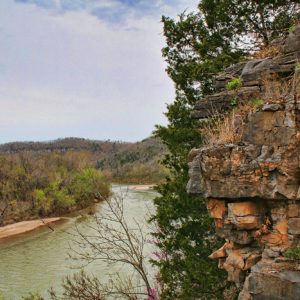 Buffalo River
Buffalo River
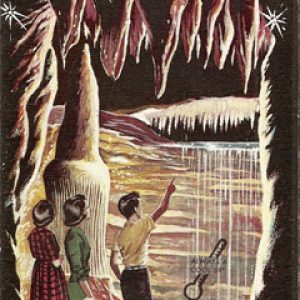 Bull Shoals Caverns Brochure
Bull Shoals Caverns Brochure
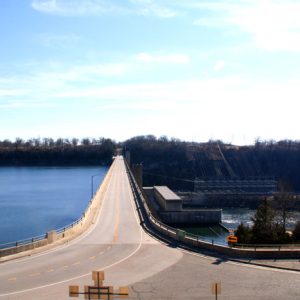 Bull Shoals Dam
Bull Shoals Dam
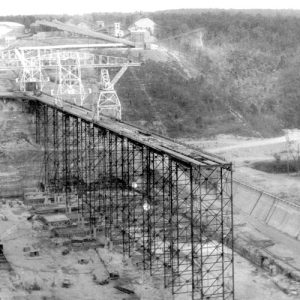 Bull Shoals Dam
Bull Shoals Dam
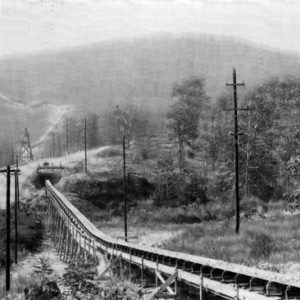 Bull Shoals Dam Conveyer Belt
Bull Shoals Dam Conveyer Belt
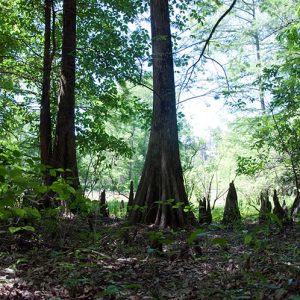 Byrd Lake Natural Area
Byrd Lake Natural Area
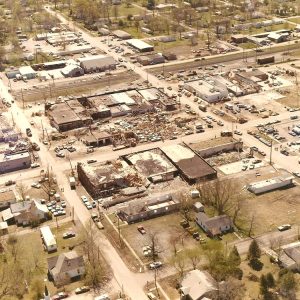 Cabot Tornado Damage
Cabot Tornado Damage
 Cache River
Cache River
Cache River
Cache River National Wildlife Refuge
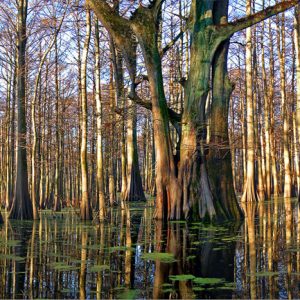 Cache River National Wildlife Refuge
Cache River National Wildlife Refuge
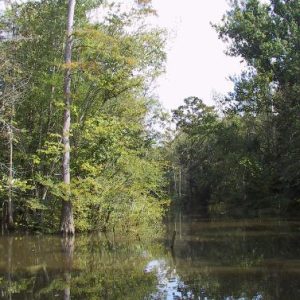 Cache River Natural Area
Cache River Natural Area
Caddo River
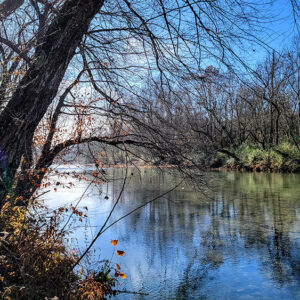 Caddo River
Caddo River
 Cadron Crest Strawberries
Cadron Crest Strawberries
 Calhoun County Loggers
Calhoun County Loggers
 Calhoun County Map
Calhoun County Map
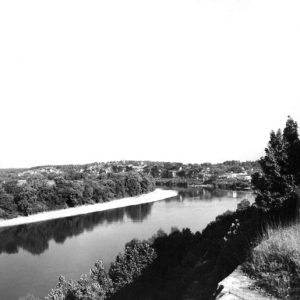 Calico Rock
Calico Rock
 Cameron Bluff
Cameron Bluff
Camp Halsey
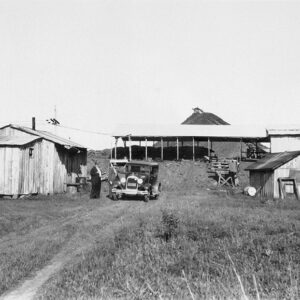 Carbon Coal Company
Carbon Coal Company
 Carlisle Rice Trucks
Carlisle Rice Trucks
 Carolina Anemone
Carolina Anemone
Carpenter’s Produce
 Carpenter Family
Carpenter Family
 Carroll County Map
Carroll County Map
Catfish Industry
aka: Ictalurus punctatus
Cattle Drives
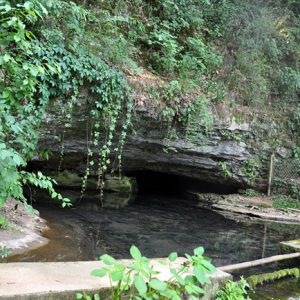 Cave Springs Cave Natural Area
Cave Springs Cave Natural Area
Caves and Caverns
Caviar
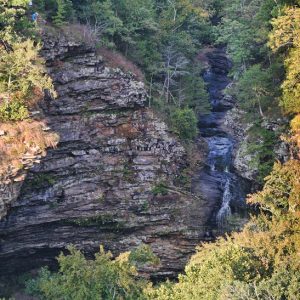 Cedar Falls
Cedar Falls
Central Arkansas Water
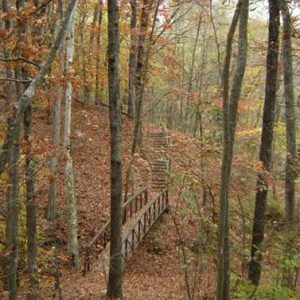 Chalk Bluff Natural Area
Chalk Bluff Natural Area
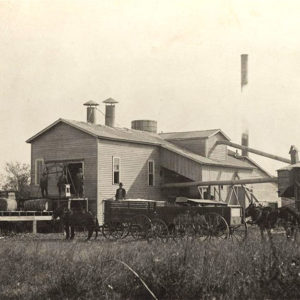 Charleston Cotton Gin
Charleston Cotton Gin




